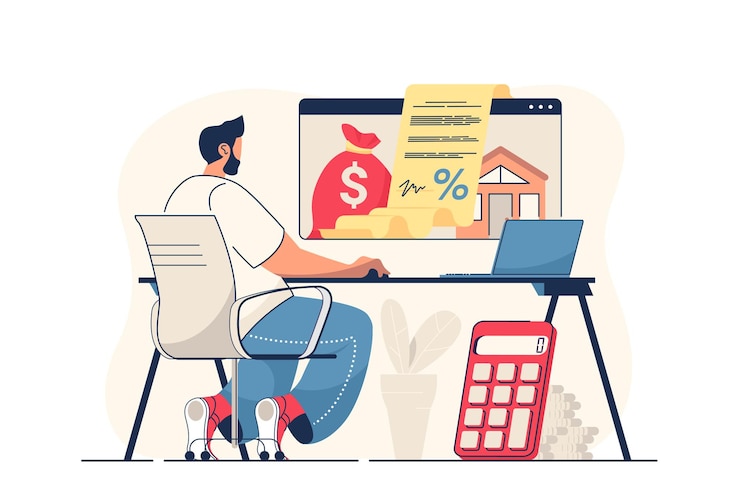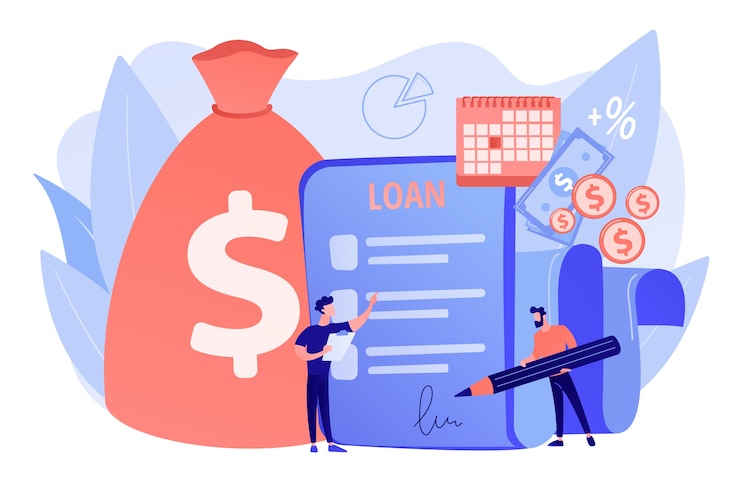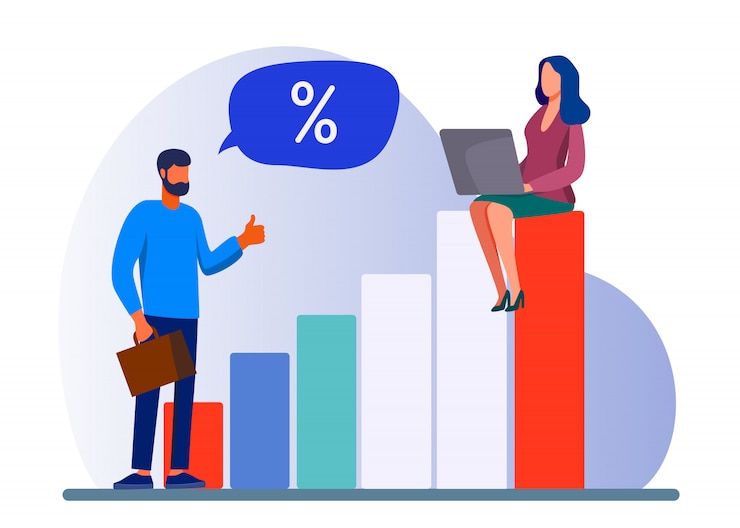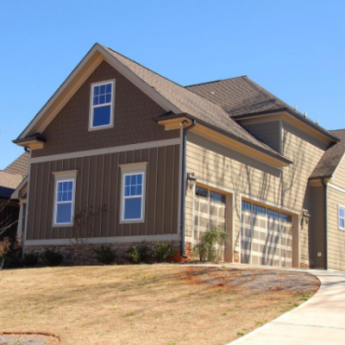Know Your Mortgage Options

A home is the biggest purchase most people will ever make, and the vast majority of home buyers need to take out a mortgage in order to afford it.
Before you head to the bank to get your pre-approval letter, you need to know what mortgage products are available, so you can choose the right one for you.
There are conventional loans, government-backed loans, and conforming and non-conforming loans. You can choose different loan terms and decide between a fixed-rate loan or an adjustable-rate mortgage.
Here are your mortgage options.
1. Conventional Loans
A conventional mortgage loan is the type of loan you probably think of when you think of mortgage loans. It’s not backed by a government agency, and it typically requires a down payment of at least 20 percent, a debt-to-income ratio (DTI) of no more than 43 percent, and a credit score of at least 620, if not higher.
A conventional mortgage loan is a good option if you have enough money for a large down payment. However, you may still be able to get a conventional loan with a smaller down payment, if you’re willing to purchase private mortgage insurance (PMI).
PMI protects the lender should your loan go into default, and is generally required for riskier borrowers – those with lower down payments, lower credit scores, and higher DTIs.

2. Government-Backed Loans
The federal government doesn’t give out mortgage loans, but various agencies do provide financial backing for qualified lenders to give out certain types of loans. The three main government-backed loans are Federal Housing Administration (FHA) loans, Veterans Affairs (VA) loans, and U.S. Department of Agriculture (USDA) loans.
These loan programs are designed to make homeownership more accessible to low- and moderate-income borrowers, as well as service members, veterans, and their surviving spouses.
You can qualify for an FHA loan as long as you haven’t owned a primary residence in the past three years. With a credit score of 580 or above, you can put 3.5 percent down. With a credit score of 500 to 579, you can put 10 percent down.
You will have to carry private mortgage insurance for the life of the loan, and you may need to submit more paperwork, get more inspections done on the home, and potentially negotiate certain repairs to the home in order to qualify.
If you’re an active duty service member, a veteran, or the surviving spouse of a service member, you may qualify for a VA loan. These loans are available with no money down, meaning you can finance the entire purchase of the house. You won’t need to pay for mortgage insurance and closing costs are both capped and paid by the seller. Technically, there is no minimum credit score required for a VA loan.

| USDA loans are available to low- and middle-income borrowers who want to buy in rural areas. Before you assume that your area doesn’t qualify, check your regional eligibility – you may be surprised. You have to meet income requirements to be eligible for a USDA loan, but if you qualify, you may be able to get a USDA loan with no down payment. |
3. Conforming and Non-Conforming Loans
Conforming loans are loans that adhere to Federal Housing Finance Agency (FHFA) standards regarding loan size, DTI, credit score, and other factors.
In 2022, conforming loans can be no more than $647,200 in low to the average cost of living areas and no more than $970,800 in high cost of living areas.
Most conventional and government-backed loans are conforming loans. They’re a good option if you qualify for a conventional or government-backed loan and have a smaller home budget, fewer assets, and a typical credit profile.
Non-conforming loans include jumbo loans and other loans that don’t conform to FHFA standards. This is a good option if you want to buy a house that exceeds FHFA loan limits and have the assets and income to do so.

4. Loan Terms and Interest Rates
Your loan term is the period of time you spend paying off the loan. If you sign up to make monthly mortgage payments for 15 years, you have a 15-year loan term. The most common loan terms for fixed-rate mortgages are 15 and 30 years.
You will pay lower interest on a 15-year fixed mortgage, but your monthly payments will be much larger than if you get a loan with a 30-year term. By contrast, if you get a 30-year fixed mortgage, you will pay a higher interest rate, but have a lower monthly payment.
You’ll obviously pay your home off faster with a 15-year mortgage, but payments will be more manageable with a 30-year term, so you’ll have to decide what works best for your budget and financial goals.
Interest rates are determined based on current market rates and your credit profile as a borrower. If you get a fixed-rate loan, your interest rate and the monthly payment will remain the same throughout the life of the loan. If you get an adjustable-rate mortgage (ARM), your interest rate will be lower in the beginning – typically for the first three, five, seven, or ten years of the loan, depending on what type of ARM you get.
ARMs can save you some money on interest in the first period of the loan, but your monthly payment can change in the second period. It will usually change yearly once the second period begins, although it’s not unheard of for rates to adjust on a three- or five-year interval instead.
This means that if you still have the ARM when it enters its second period, you could end up with a payment that’s double or more than what you started with, which could make affording your home suddenly impossible. You should avoid an ARM unless you know you’ll be selling your home or refinancing before the second period begins.

Before you sit down with a loan officer, you need to know what mortgage products are available and what you might qualify for. Getting the right mortgage is so important to getting and staying in your home – it’s worth doing your research.
Additionals:











Leave A Reply